Astronomers have uncovered a startling case of a planet being torn apart by its host star—except this time, the star is already “dead.” A nearby white dwarf, the compact remnant of a once-sun-like star, appears to be actively consuming a planetary fragment, defying expectations about how long planetary systems can survive after their stars die.
Dead star, living wreckage
The system in question centres on the white dwarf LSPM J0207+3331, located about 145 light-years from Earth. Around three billion years ago it finished its life as a normal star, shedding its outer layers and collapsing into a dense white dwarf. In theory, the violent phases of its death should have ended most close-in companions or sent survivors into chaotic orbits. But instead, astronomers now see morphological and spectroscopic signs that a chunk of a planet—estimated to have been roughly 120 miles (about 193 km) across—is being ripped apart by the star’s gravity and drawing material onto the white dwarf’s surface.
Heavy metals falling from orbit
What makes this case especially intriguing: spectral measurements of the white dwarf’s atmosphere reveal an unusual concentration of heavy elements—13 in total. These include aluminium, carbon, chromium, cobalt, copper, iron, magnesium, manganese, nickel, silicon, sodium, strontium and titanium. The presence of such materials, especially given the star’s hydrogen-rich outer layer (which normally causes heavier elements to sink rapidly), suggests the debris has been accreted relatively recently—on the order of the past 35,000 years. In other words, this planet-fragment destruction is happening now, not just a relic of billions of years past.
Why this rewrites expectations
This discovery challenges existing models of planetary system evolution. According to standard theory, once a star becomes a white dwarf, dynamical activity in the planetary system should largely settle down. Debris disks might linger, minor bodies could exist—but large scale accretion events so long after stellar death are unexpected. As one researcher put it: “Something clearly disturbed this system long after the star’s death.”
What might be going on?
Several scenarios may explain how this can happen:
- A massive surviving debris disk around the white dwarf may have orbited quietly for billions of years and only recently experienced a gravitational nudge—perhaps from a larger planet or companion—that sent an object inward to be torn apart.
- The planetary fragment could originate from material that survived the star’s red-giant expansion and only now, through orbit perturbations, fell close enough to be disrupted.
- If the planet was further out at first, changes in the star’s gravitational field (post mass-loss) might have destabilised orbits over long timescales, eventually causing inward migration.
Why we should care
From a cosmic perspective this is significant for a handful of reasons:
- It offers a window into how planetary systems “die” and what remains long after the main rip-and-burn phases of a star’s lifetime.
- For our own Solar System, where the Sun will eventually become a white dwarf billions of years from now, this serves as a distant glimpse into what might happen to Earth-family planets in the far future.
- It emphasises that planetary death is not always swift—objects can linger and then go through a dramatic final act even after billions of years of seeming quiet.
Final thoughts
The destruction of a planet around a “zombie” white dwarf is dramatic, poignant and scientifically rich. It underscores the complexity of planetary system evolution and reminds us that the endgame for planets can be drawn out—and perhaps violent. As researchers continue to monitor this system, we may learn more about the timing, mechanics and consequences of such late-stage dynamical events.

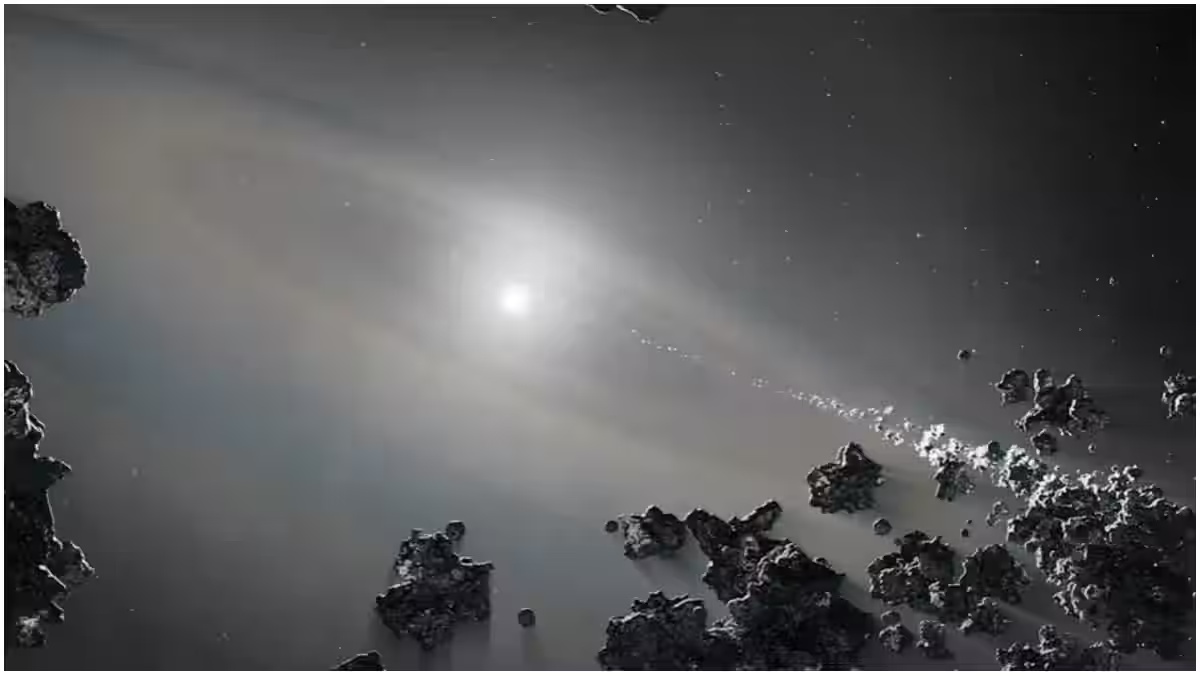
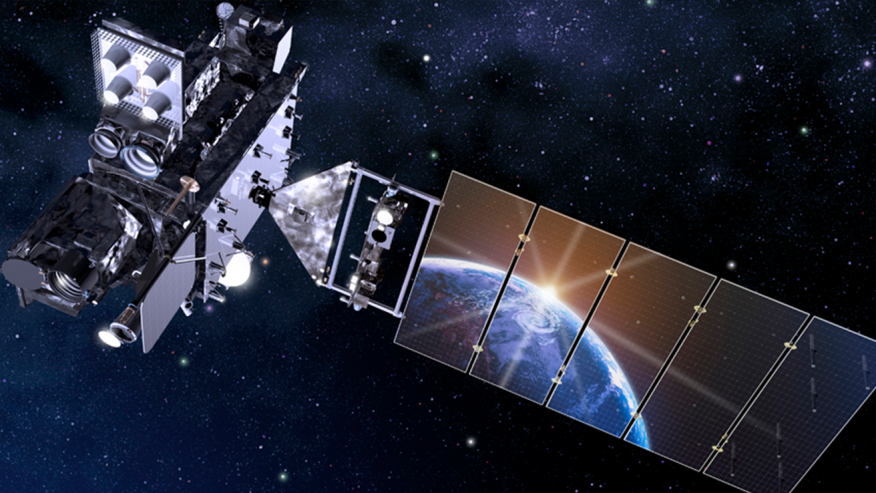
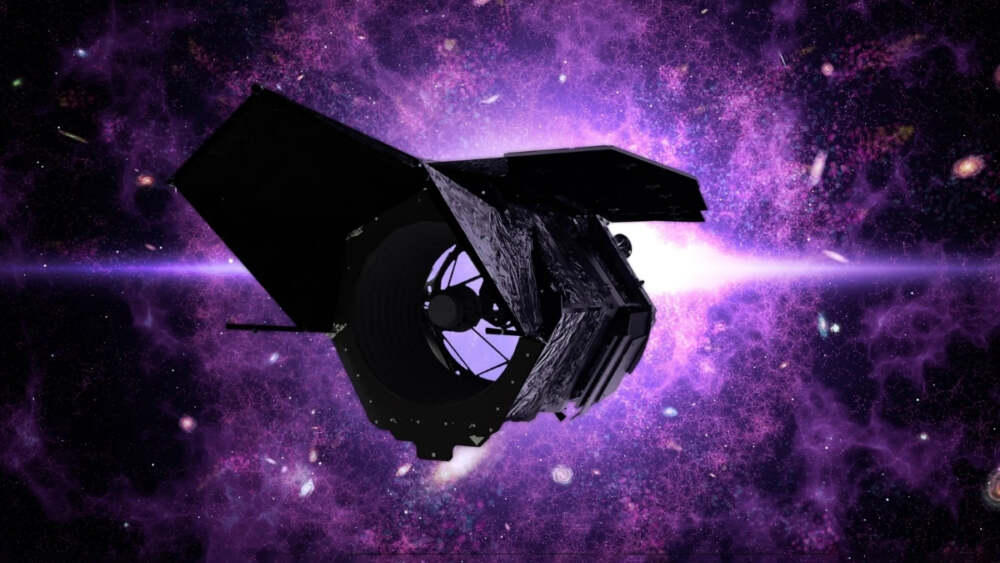
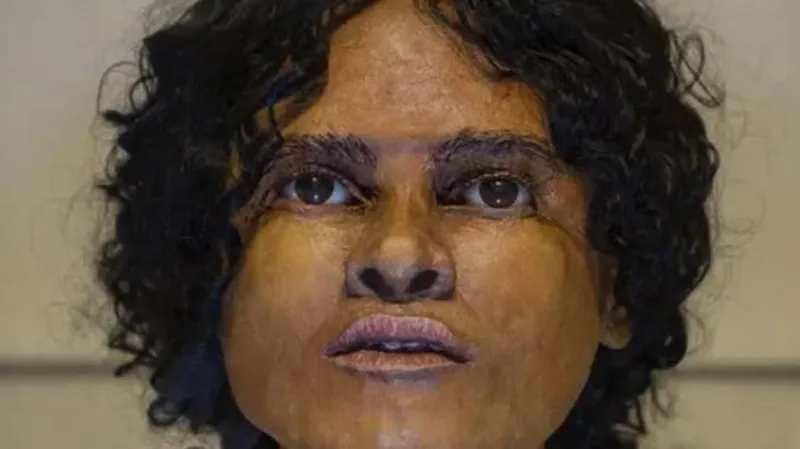
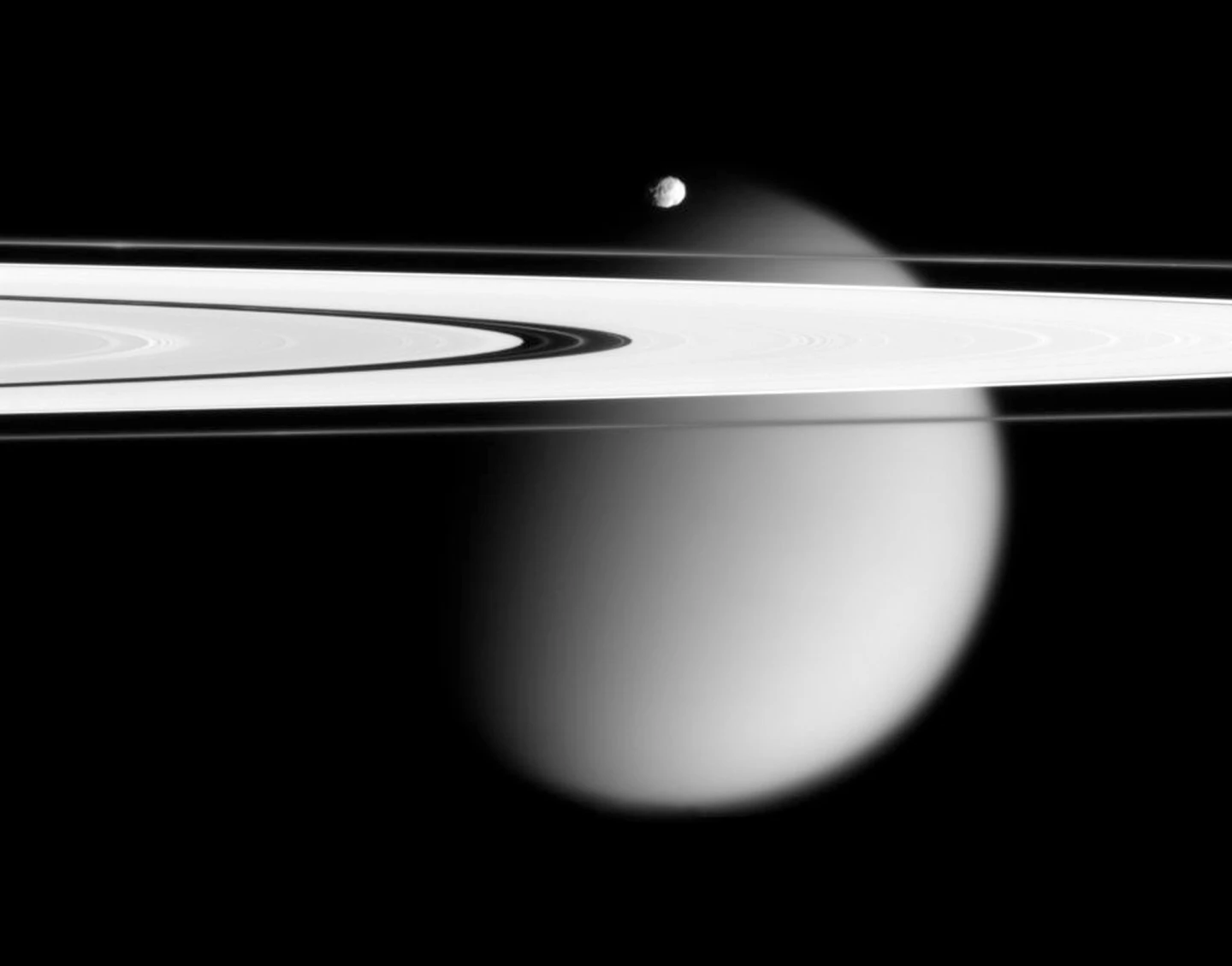
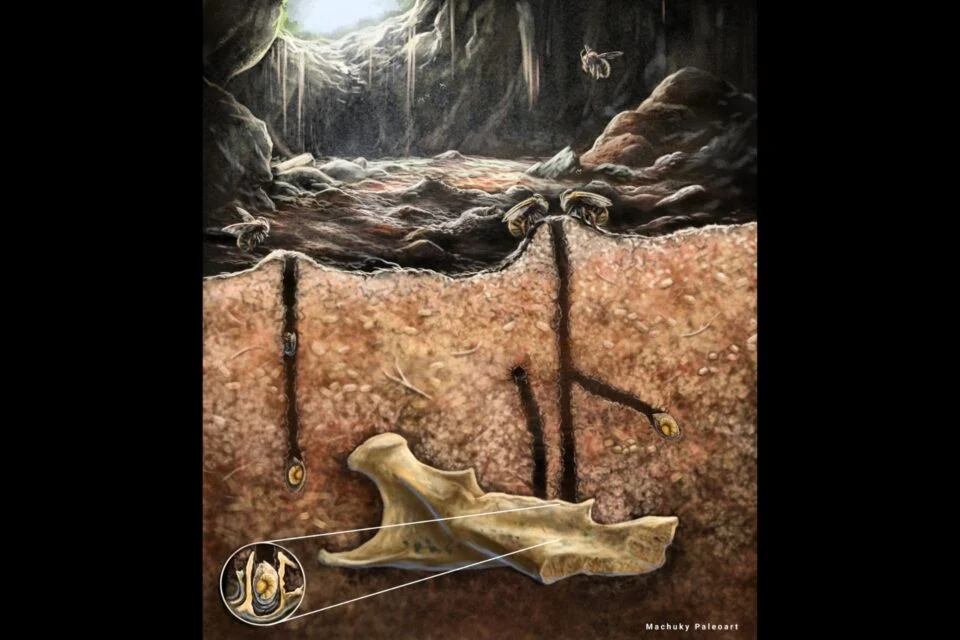

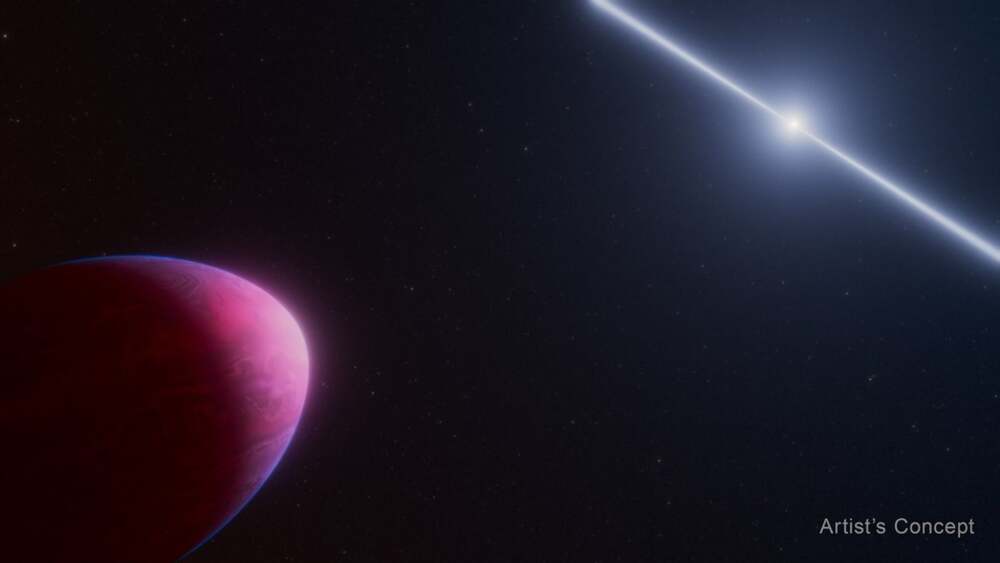
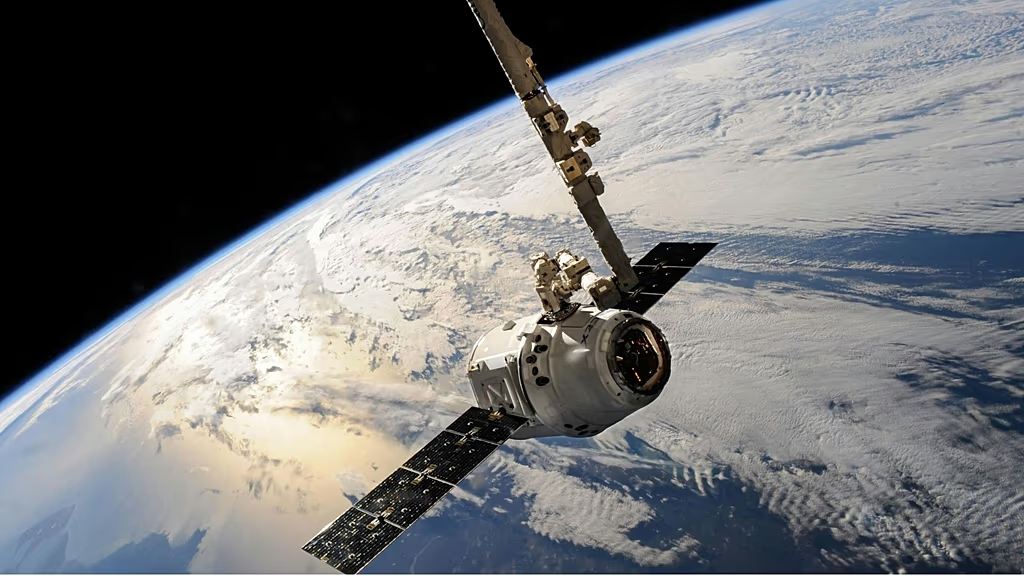
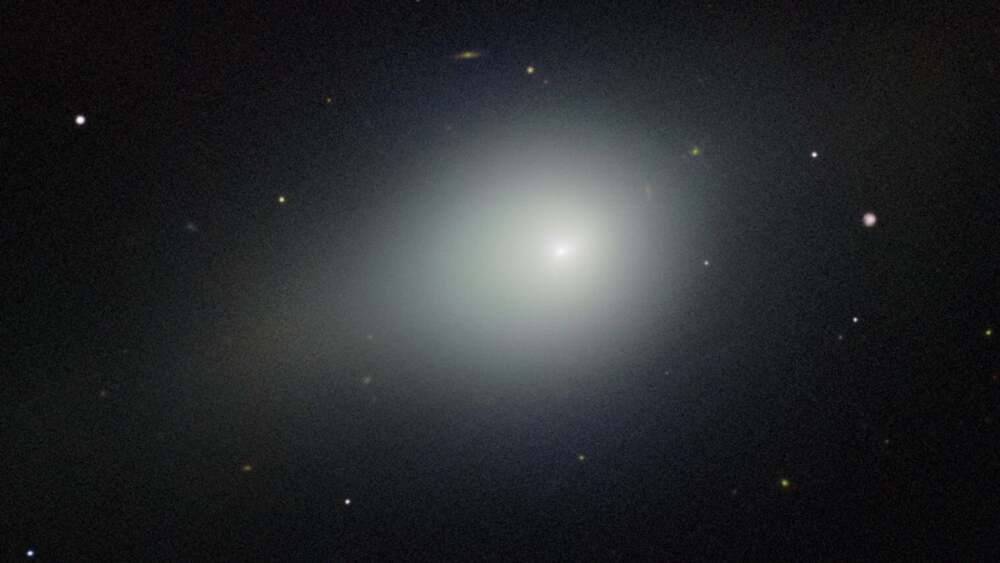
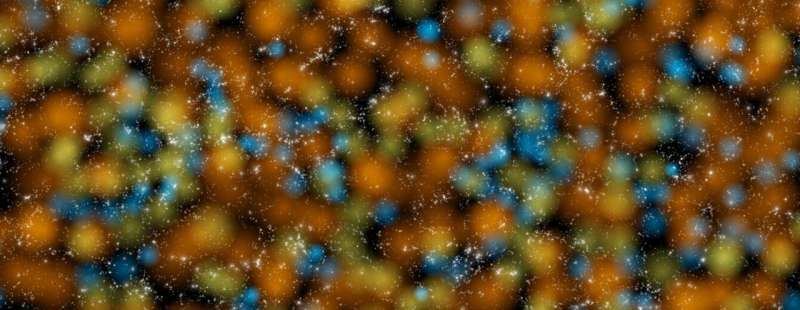


Leave a Reply